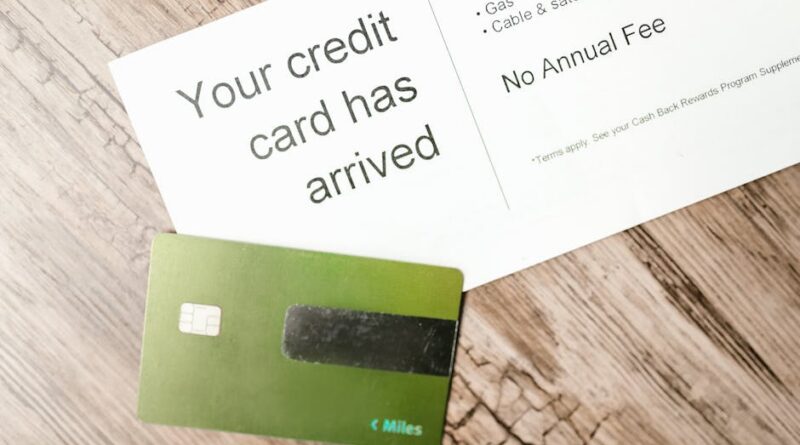Unlock 9 Smart Advantages of Cashback Cards for Effortless Rewards in 2025
Cashback cards have become a staple in modern personal finance, offering a straightforward way to earn money back on everyday spending. Unlike points or miles, these credit cards provide direct rebates, typically as a percentage of your purchases. In 2025, with rising costs, choosing the right cashback card can significantly boost your financial efficiency. This guide explores everything from basics to advanced strategies, helping you navigate options confidently.
Table of Contents
What Are Cashback Credit Cards and How Do They Work?
Cashback credit cards are a type of rewards credit card that return a portion of your spending as cash. This rebate can appear as statement credits, direct deposits, or checks. Most cards offer flat rates like 1% to 2% on all purchases, while others provide higher percentages in specific categories such as groceries or gas.
The mechanics are simple: you spend on the card, and the issuer calculates rewards based on eligible transactions. Rewards accrue monthly and can often be redeemed flexibly. However, not all purchases qualify—returns or cash advances typically don’t earn cashback.
Understanding the annual percentage rate (APR) is crucial alongside rewards. While cashback cards encourage spending, high interest can erode benefits if balances carry over. For those paying in full monthly, these cards shine as savings tools.
In 2025, issuers are innovating with bonus categories tied to sustainable spending or digital wallets. This evolution makes cashback cards more appealing for tech-savvy consumers.

Key Advantages of Cashback Cards for Everyday Users
One major advantage of cashback cards is their simplicity. Unlike complex points systems, cashback provides tangible value you can use immediately. This direct return helps offset routine expenses like utilities or dining out.
They also build credit history when used responsibly. Timely payments and low utilization ratios improve your score over time. For beginners, this dual benefit of rewards and credit building is invaluable.
Many cashback cards come with no annual fees, making them accessible. Sign-up bonuses can yield hundreds in initial rewards, accelerating value. Pairing this with strategies to pay off credit card debt fast ensures long-term gains.
Additionally, category-specific bonuses amplify savings. A 5% cashback on travel could save frequent flyers significant amounts annually. Overall, these perks make cashback cards a smart choice for budget-conscious individuals.
Compared to traditional savings accounts, cashback offers higher effective returns on spending. While high-yield accounts might yield 4-5%, cashback on purchases can exceed that without locking funds away.
Comparing Cashback to Other Rewards Types
Cashback stands out for its flexibility over travel rewards, which may expire or require bookings. Points can fluctuate in value, but cash remains constant. This reliability appeals to those prioritizing financial control.
For families, cashback on groceries or online shopping adds up quickly. In 2025, with e-commerce booming, cards favoring digital spends provide an edge.
Top Cashback Cards to Consider in 2025
Selecting the best cashback card depends on your spending habits. Popular options include the Chase Freedom Unlimited, offering 1.5% on all purchases and 5% on travel through Chase. No annual fee makes it beginner-friendly.
The Citi Double Cash provides 2% on every purchase—1% when you buy, 1% when you pay. This consistent rate suits high spenders. However, watch for balance transfer fees if consolidating debt.
For category bonuses, the Blue Cash Preferred from American Express gives 6% on U.S. supermarkets up to $6,000 yearly. Though it has a $95 fee, the rewards often outweigh it for grocery-heavy budgets.
Business owners might prefer the Ink Business Cash from Chase, with 5% on office supplies and telecom. Linking this to personal finance tools enhances overall efficiency.
Always check current offers, as promotions change. Resources like the Consumer Financial Protection Bureau’s credit card comparison tool aid informed decisions.

Factors to Evaluate Before Applying
Review APRs, foreign transaction fees, and redemption options. Cards with intro 0% APR periods help if transferring balances. Credit score requirements vary—most need good to excellent scores.
Consider integration with apps for tracking rewards. Some cards offer quarterly bonuses, aligning with seasonal spending peaks like holidays.
Internal comparisons, such as credit score factors, ensure you’re positioned for approval and optimal terms.
Strategies to Maximize Your Cashback Rewards
To get the most from cashback cards, align spending with bonus categories. Track monthly habits to choose cards matching groceries, gas, or streaming services. Rotating categories on some cards allow quarterly optimization.
Combine multiple cards strategically. Use a flat-rate card for non-bonus spends and a category card for high-reward areas. This portfolio approach can boost overall returns by 3-5%.
Pay balances in full to avoid interest eating into rewards. Automate payments and set alerts for due dates. Building an emergency fund prevents reliance on credit during tough times.
Redeem wisely—opt for statement credits over gift cards for maximum value. Some issuers allow depositing rewards into savings accounts, enhancing compound growth.
Participate in sign-up bonuses by meeting spend thresholds thoughtfully. Plan large purchases around these to earn extra without overspending.
Integrating Cashback into Broader Financial Planning
View cashback as part of a larger strategy, including budgeting and investing. Rewards can fund saving vs investing decisions in 2025. Track net gains annually to measure impact.
For debt management, use cashback to accelerate payoffs. Apply rewards directly to balances, shortening repayment timelines.

Pitfalls to Avoid with Cashback Cards and Final Tips
A common pitfall is overspending to chase rewards. Stick to your budget—cashback should supplement, not drive, purchases. High APRs can turn benefits negative if carrying balances.
Watch for changing terms. Issuers may alter bonus categories or rates, so review statements regularly. Avoid cards with high foreign fees if traveling internationally.
Multiple cards increase management complexity. Limit to 2-3 and use apps for consolidation. Closing old cards can hurt credit age, so keep them open with minimal activity.
Taxes on rewards are rare but possible for large bonuses—consult a professional if needed. Finally, compare ongoing value versus fees annually.
Long-Term Success with Cashback Cards
Incorporate cashback into goals like debt reduction or retirement. Pair with education on compound interest to amplify wealth. By 2025, disciplined use could yield thousands in savings.
Ultimately, cashback cards empower smarter spending. Choose wisely, use responsibly, and watch your finances grow. Start exploring options today for immediate impact.




